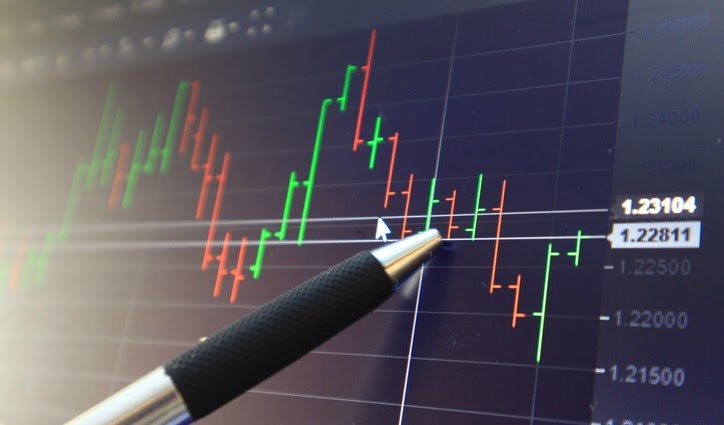Introduction:
In recent years, automated trading has gained significant traction in the financial markets due to its potential for increased efficiency and profitability. This article aims to explore whether automated trading is indeed a profitable approach for investors and traders. We will examine the key factors that contribute to its success and shed light on the potential risks involved.
The Advantages of Automated Trading:
- Speed and Efficiency:
Automated trading allows for quick execution of trades, eliminating the delays associated with manual trading. Through the use of advanced algorithms and computer systems, automated trading platforms can instantly analyze market data, identify trading opportunities, and execute trades at high speeds. This efficiency can significantly enhance profitability by taking advantage of short-term price fluctuations and minimizing the impact of market volatility. - Elimination of Emotional Biases:
One of the major drawbacks of manual trading is the influence of human emotions. Fear and greed can often lead to poor decision-making, resulting in suboptimal trades. Automated trading systems, on the other hand, operate based on predefined rules and strategies. These systems stick to the plan without being affected by emotional factors, ensuring that trading decisions are based on objective analysis rather than impulsive reactions. This approach can help increase profitability by maintaining consistency in trading execution. - Backtesting and Optimization:
Automated trading platforms provide the ability to backtest trading strategies using historical data. By analyzing how a strategy would have performed in the past, traders can evaluate its profitability and make necessary adjustments. Through continuous optimization, traders can fine-tune their strategies, increasing their chances of profitability in the live trading environment. - Increased Trade Diversification:
Automated trading systems can analyze and execute multiple trades simultaneously across different instruments or markets. This diversification of trading opportunities can enhance profitability by spreading risk and potentially capturing more favorable market conditions. Additionally, automated systems can monitor a large number of markets around the clock, enabling them to identify potential trades that may have been overlooked by manual traders.
The Risks and Challenges:
- Technical Glitches and System Failures:
Automated trading systems heavily rely on technology, and as with any technological system, there is a risk of glitches or failures. Network connectivity issues, software bugs, or data feed problems can lead to incorrect trade executions or missed opportunities. Traders need to have robust systems in place, regularly monitor their automated strategies, and be prepared to intervene manually if necessary. - Over-Optimization:
While backtesting and optimization are essential tools for enhancing profitability, there is a risk of over-optimization. This occurs when a trading strategy is overly tailored to historical data, making it less effective in real-time market conditions. Traders should carefully strike a balance between optimizing their strategies and ensuring its adaptability to changing market dynamics. - Market Dependency:
Automated trading systems are reliant on accurate and timely market data. If there are delays or interruptions in receiving real-time data, the effectiveness of these systems can be compromised. Additionally, highly volatile or illiquid markets may pose challenges to automated strategies, as execution prices may deviate significantly from expected levels. Traders need to be aware of such limitations and adapt their strategies accordingly.
Conclusion:
Automated trading, when implemented correctly, can be a profitable approach for market participants. Its speed, efficiency, removal of emotional biases, and ability to diversify trades contribute to its potential for increased profitability. However, traders should be mindful of the risks associated with technical failures, over-optimization, and market dependencies. By understanding these factors and applying proper risk management, individuals can harness the potential benefits of automated trading and improve their overall trading performance.

